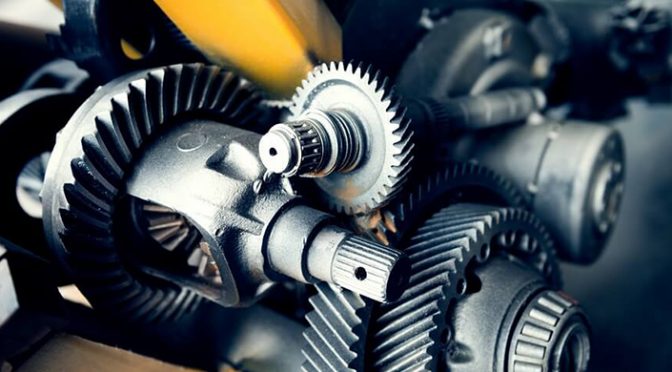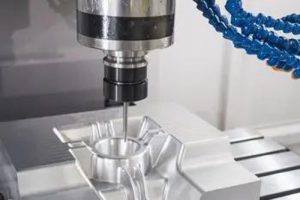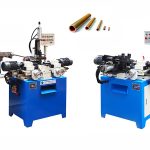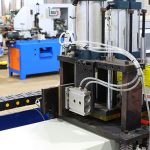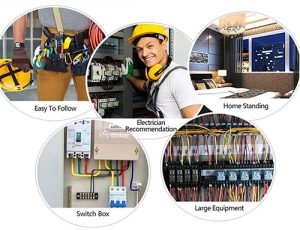What Should You Know About Servo Motors?
I remember the first time I saw a servo motor at work—it was inside a CNC milling machine. The movement was so precise, it felt like magic. That’s when I knew: this tiny device plays a big role.
Servo motors are essential for precision motion control in industrial automation. They deliver accurate speed, torque, and position control, making them indispensable in machines like CNC tools, robotics, and conveyors.
If you’ve ever worked in manufacturing or industrial automation, you’ve likely seen a servo motor in action—even if you didn’t know it. Let’s dive deeper into how they work and why they matter.
How Do Servo Motors Work in Industrial Machines?
I’ve worked with dozens of CNC machines over the years, and the servo motor is always the part I count on most. When it works, everything runs smooth.
Servo motors receive signals from controllers and adjust motor shaft position using feedback systems. This allows machines to move accurately and stop exactly where needed.
A servo motor operates as part of a closed-loop control system. It constantly receives signals from the controller and adjusts its motion based on feedback from position sensors like encoders. Here’s how it works step by step:
🔄 How a Servo Motor System Works
| Step | Description |
|---|---|
| 1 | Controller sends target position/command |
| 2 | Servo drive powers the motor |
| 3 | Encoder/sensor provides position feedback |
| 4 | Controller adjusts output based on error |
📌 Applications in Industrial Machines
- CNC Milling & Turning Centers
- Automatic Cutting Machines
- Conveyor Systems
- Packaging Equipment
- Pick-and-Place Robots
These motors are chosen when precision and repeatability are critical.
What Are the Key Types of Servo Motors?
Sometimes I get asked, “Aren’t all servo motors the same?” Not at all. Each type has a different role, and choosing the wrong one can mess up an entire system.
The main types of servo motors are AC servo motors, DC servo motors, and brushless servo motors. Each has its own performance characteristics and ideal use cases.
🧩 Comparison of Servo Motor Types
| Type | Power Source | Key Benefit | Common Use Case |
|---|---|---|---|
| DC Servo Motor | DC current | Simple & cost-effective | Small-scale robotics |
| AC Servo Motor | AC current | High speed & torque | Industrial machinery |
| Brushless Servo | DC (w/ inverter) | Low maintenance, long life | CNC machines, drones |
📝 Quick Summary
- DC Servo Motors: Great for low-cost applications and easy control.
- AC Servo Motors: Strong, fast, and perfect for large machines.
- Brushless Servos: Silent, durable, and preferred in high-end systems.
Choosing the right type depends on torque requirements, response time, space constraints, and cost considerations.
Why Choose Servo Motors Over Stepper Motors?
I’ve had both in my workshop. When precision matters—like cutting to 0.01 mm—servo wins every time. When it doesn’t? Stepper might save some money.
Servo motors are preferred when higher torque, speed, and precision are needed. They offer closed-loop feedback, making them more reliable under dynamic loads than stepper motors.
⚖️ Servo vs Stepper Motor Comparison
| Feature | Servo Motor | Stepper Motor |
|---|---|---|
| Feedback System | Closed-loop | Open-loop |
| Precision | High (w/ encoder) | Moderate |
| Torque at Speed | Maintains high torque | Torque drops at higher speeds |
| Overload Handling | Yes (can self-correct) | No (can miss steps) |
| Cost | Higher initial cost | Lower cost |
| Application Fit | CNC, robotics, automation | 3D printers, basic positioning |
Servo motors shine in performance-critical applications where skipping steps or losing torque is unacceptable.
What Are Common Failures in Servo Motor Systems?
The worst thing? A machine stops mid-operation. Most times, it’s not the motor itself—but the sensor, drive, or cabling. I’ve learned to look beyond just the surface.
Common failures in servo systems include encoder faults, overheating, bearing wear, drive malfunctions, and feedback loss. These can cause machine errors, poor accuracy, or full shutdowns.
⚠️ Typical Servo System Issues
| Problem | Cause | Solution |
|---|---|---|
| Position Drift | Encoder misalignment | Recalibrate encoder |
| Vibration / Noise | Worn bearings | Replace bearing assembly |
| Overheating | Poor ventilation or overload | Improve cooling, reduce load |
| No Movement | Drive failure or cable fault | Check signal/power connections |
| Erratic Movement | Feedback loop instability | Tune PID or check sensor |
🧰 Preventative Maintenance Tips
- Regularly inspect connectors and wiring
- Check cooling fans and ventilation paths
- Keep firmware and controller software up-to-date
- Monitor motor temperature with thermal sensors
Keeping the feedback system clean and precise is crucial for long-term servo reliability.
Conclusion
Servo motors are essential tools for precision control in industrial machines—and knowing how they work can save you time, money, and frustration.


